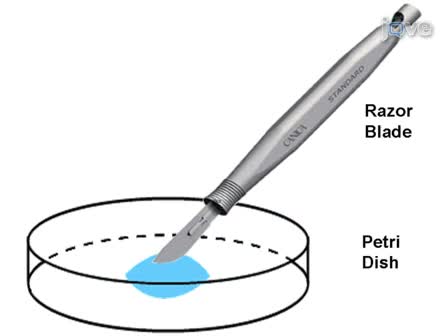A subscription to JoVE is required to view this content. Sign in or start your free trial.
JoVE Journal
Biology
In Vitro Pancreas Organogenesis from Dispersed Mouse Embryonic Progenitors
Chapters
- 00:05Title
- 01:55Dissection of Dorsal Pancreatic Bud from Mouse Embryos
- 04:19Plating and Culturing of Dispersed Cells
- 06:06Results: In Vitro Expansion and Differentiation of Embryonic Pancreatic Progenitors
- 07:20Conclusion
The three-dimensional culture method described in this protocol recapitulates pancreas development from dispersed embryonic mouse pancreas progenitors, including their substantial expansion, differentiation and morphogenesis into a branched organ. This method is amenable to imaging, functional interference and manipulation of the niche.










